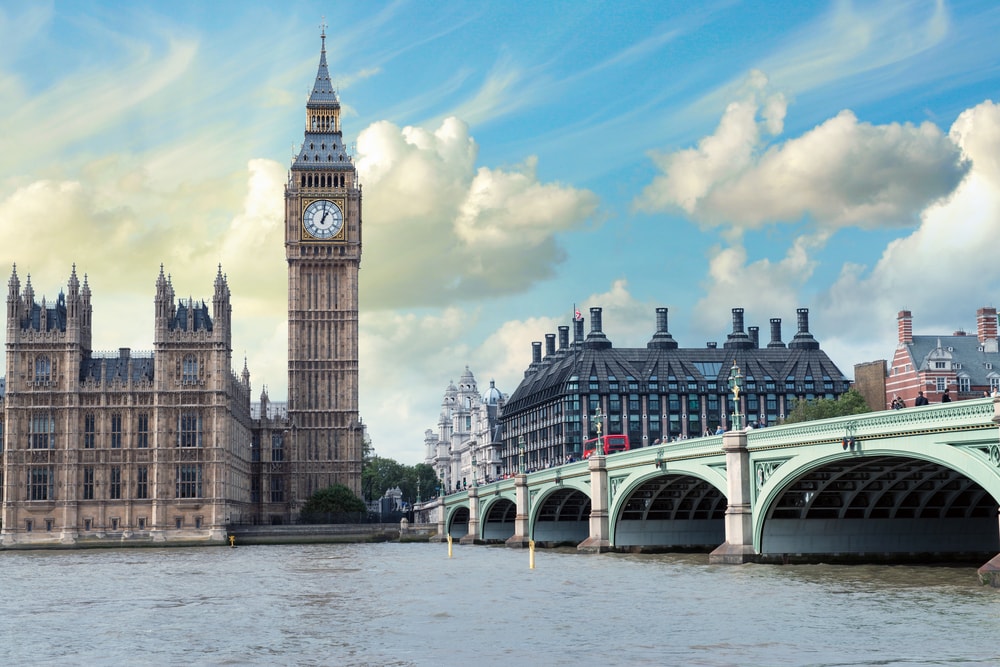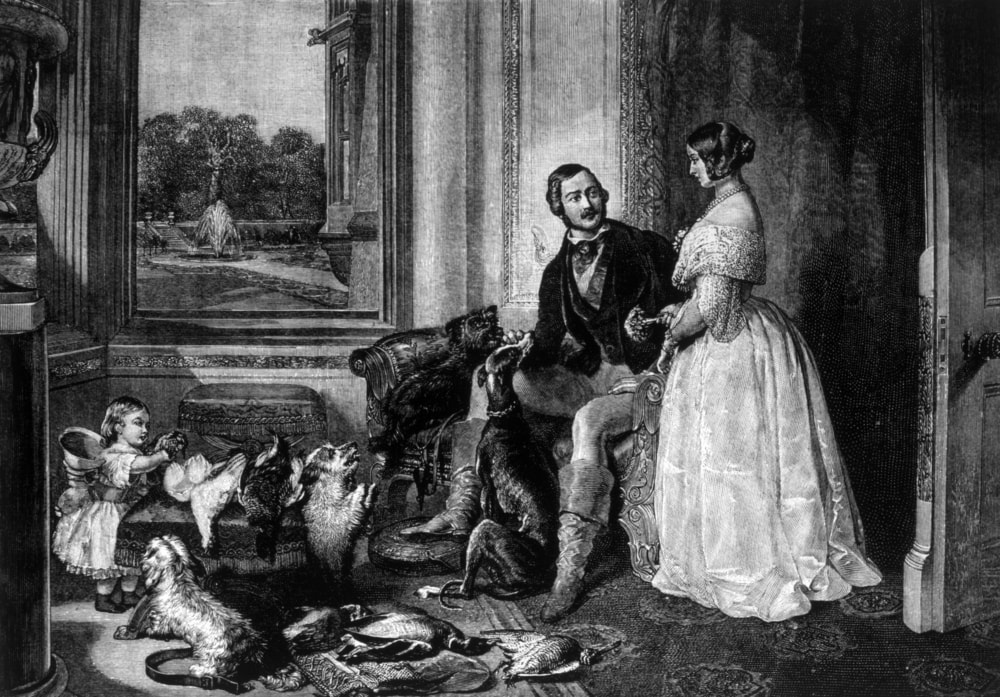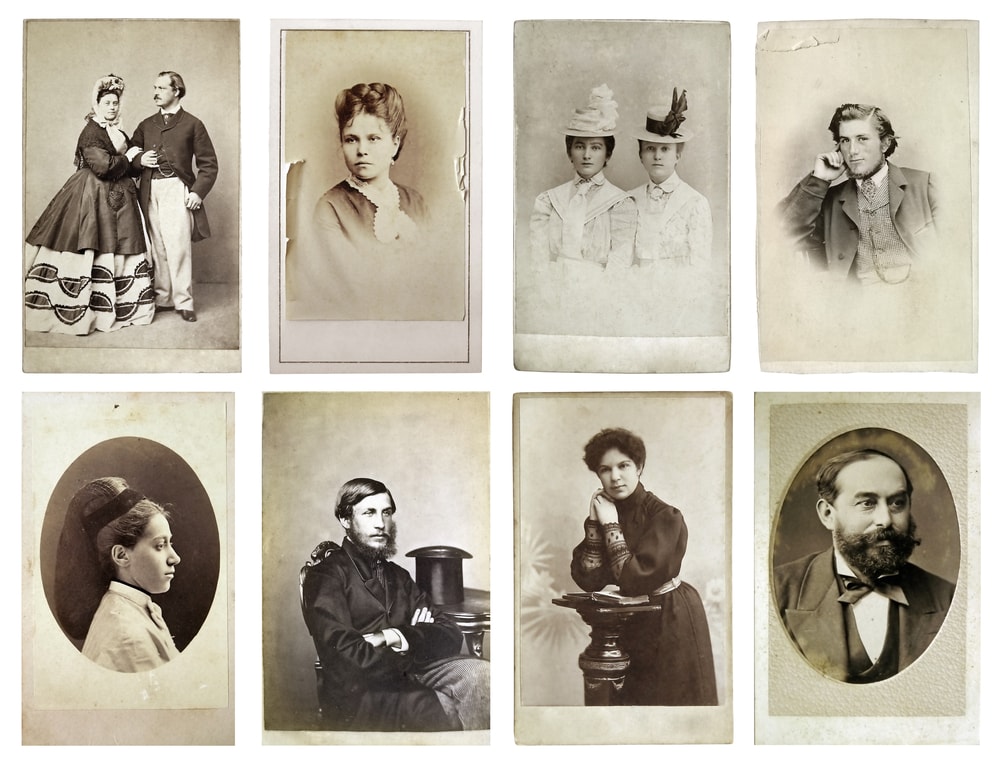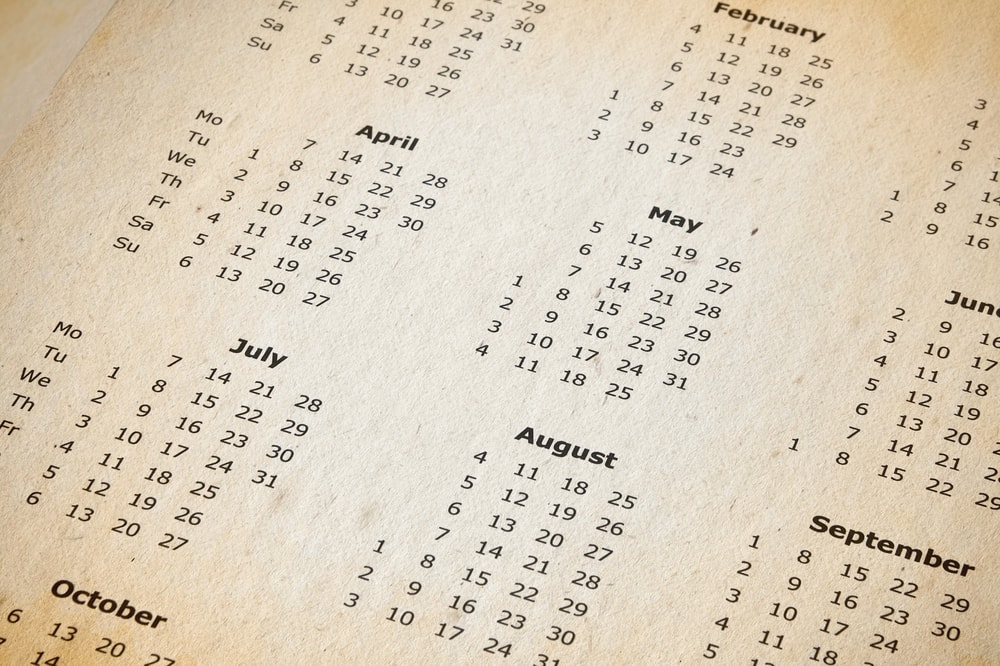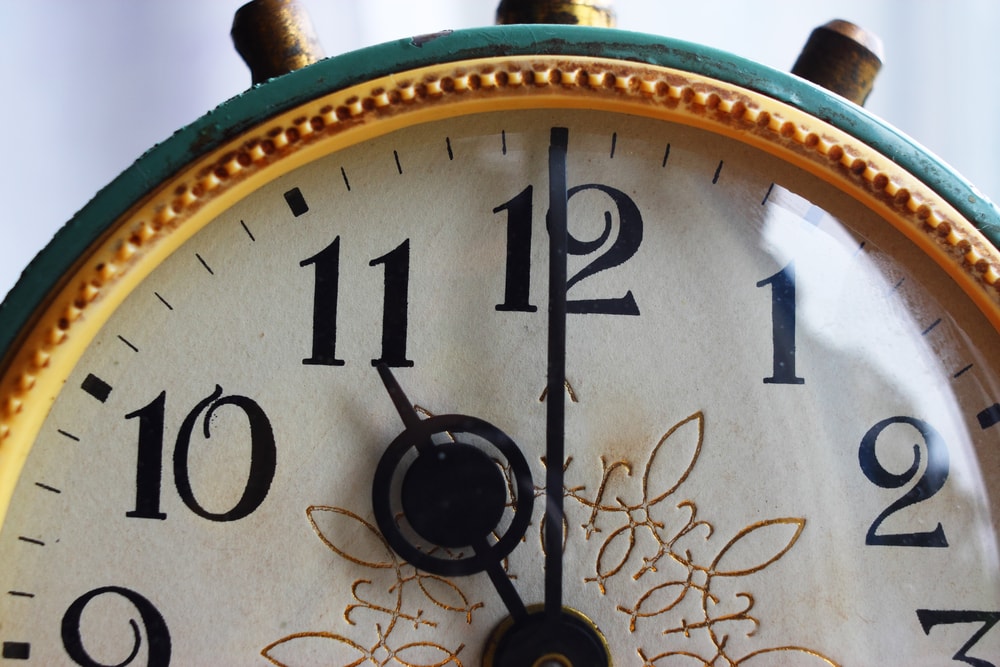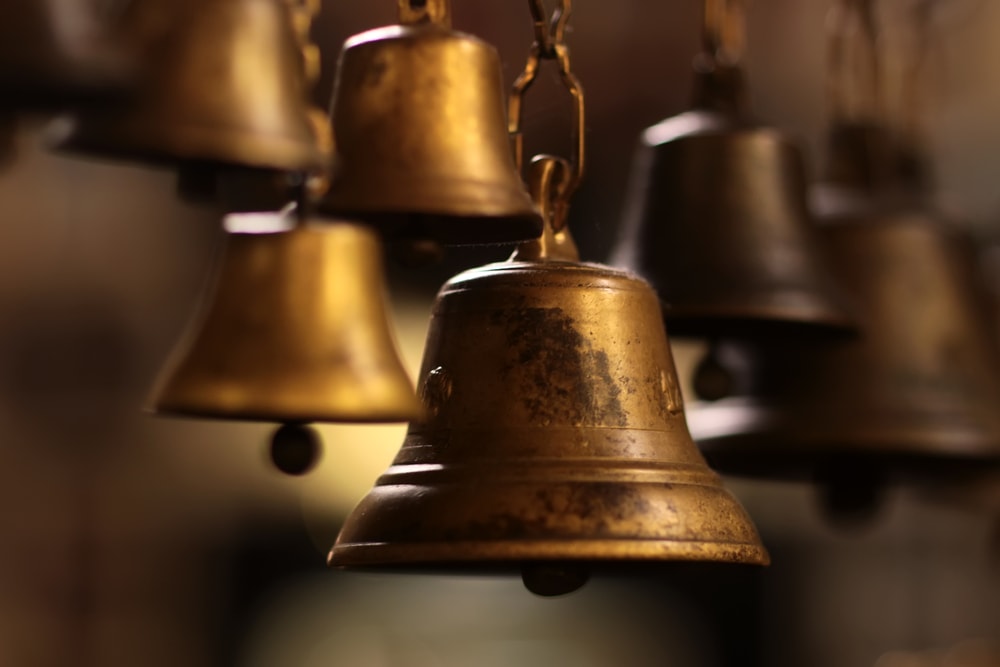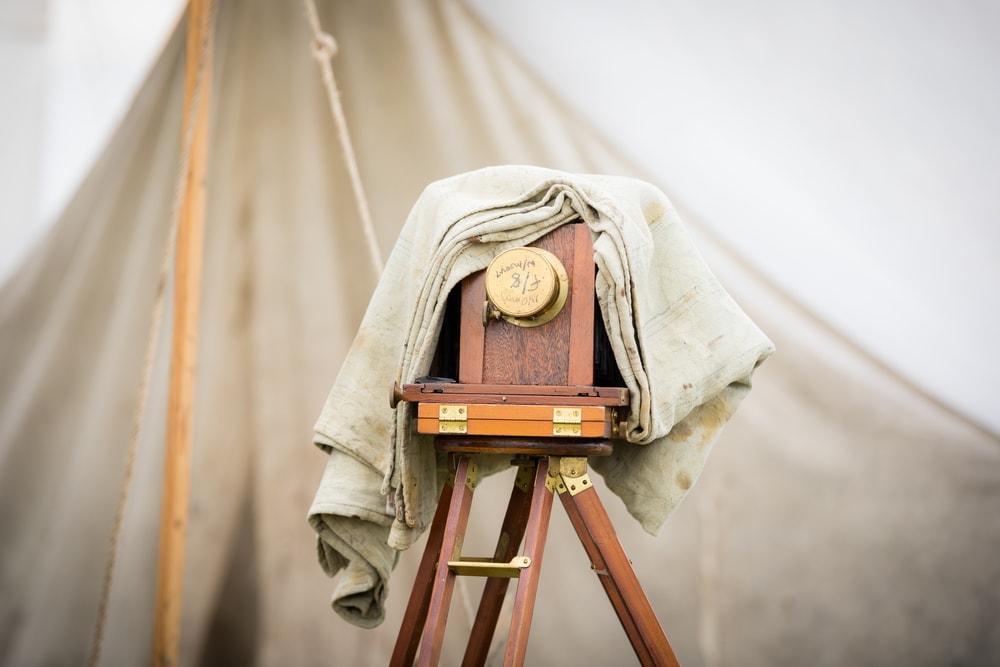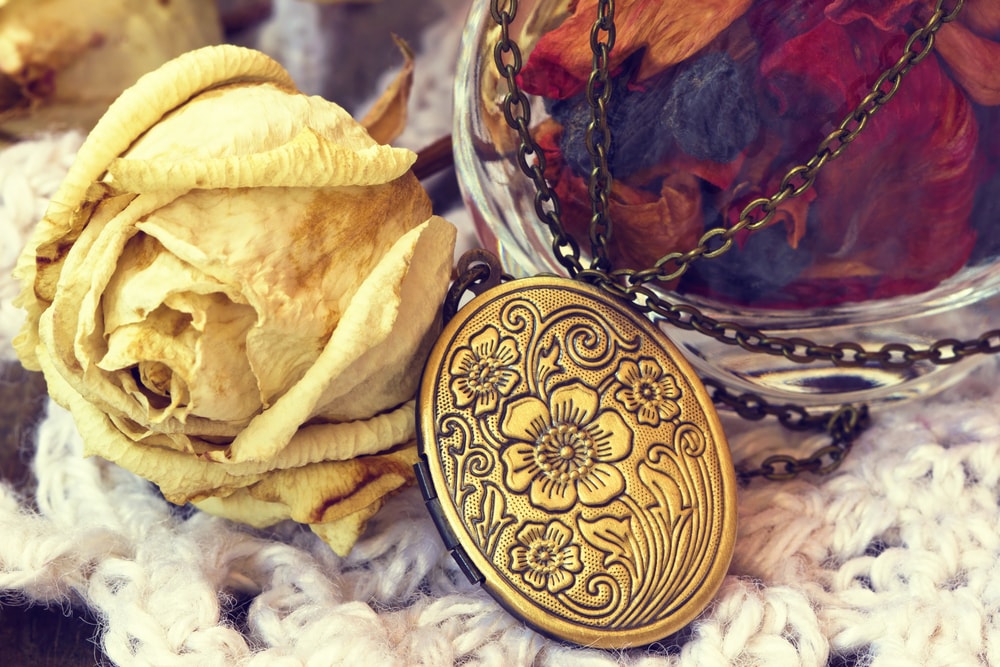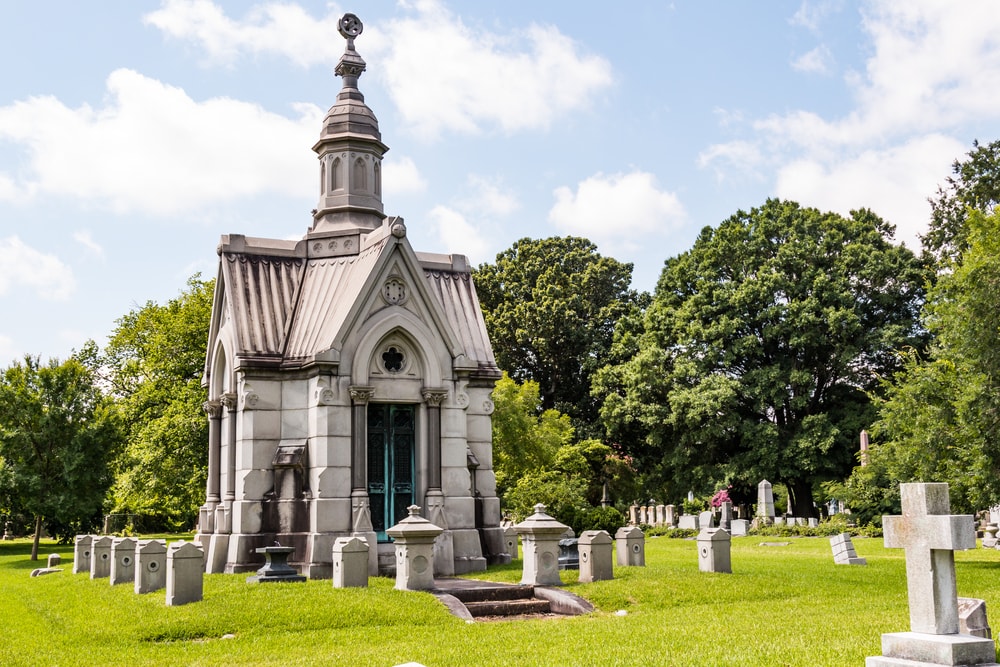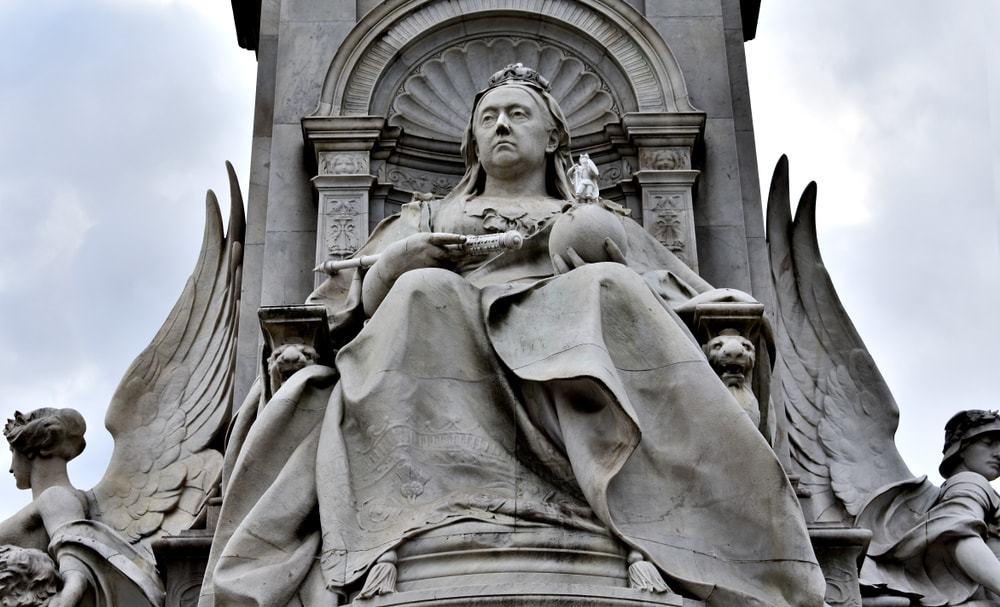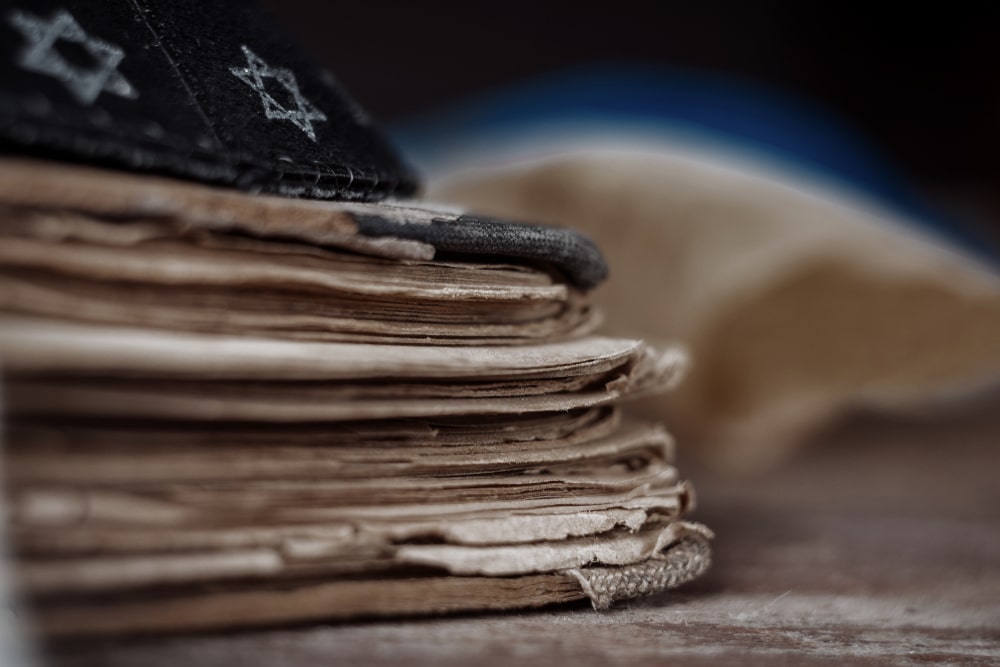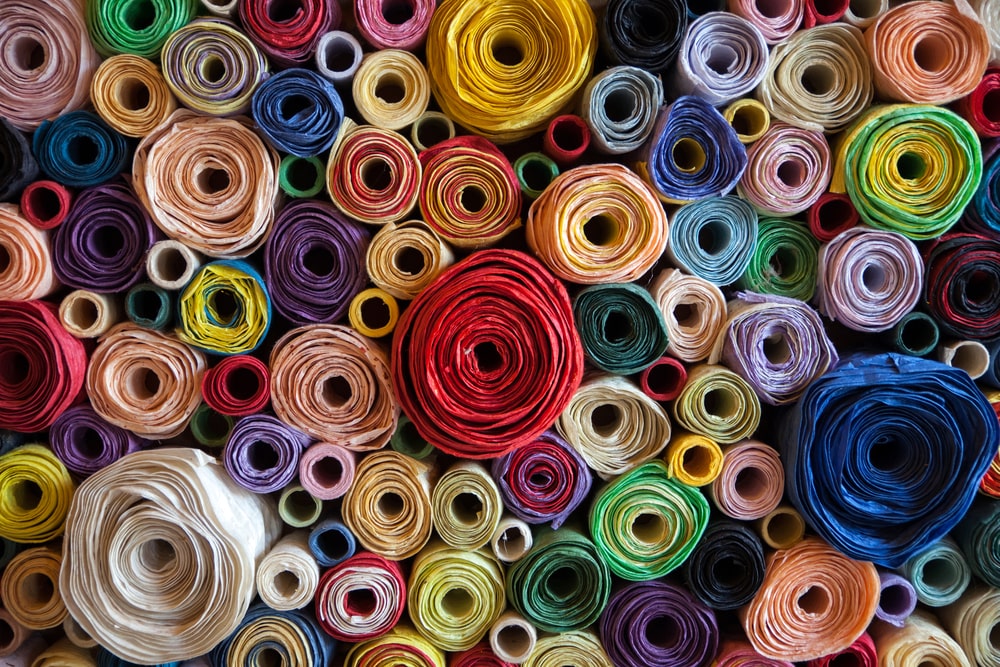Have you ever found yourself wondering where some of our funeral traditions come from? The Victorian Era (1837-1901) introduced some of our current funeral traditions as well as a few customs that have fallen out of memory and practice. Some of the following customs will feel familiar while others will surprise you. Let’s take a look at a few funeral traditions from the past.
A Shift in Funeral Customs
The Victorian Era directly aligns with the reign of Queen Victoria of England. Crowned on June 20, 1837, Victoria reigned until her death on January 22, 1901. While she is the second-longest reigning monarch in England’s history, she is also notably known for her deep love for her husband, Prince Albert, and her 40 years of mourning following his death in 1861.
In response to her husband’s death, Queen Victoria went into mourning, and her very public practices influenced many nations, creating a shift in funeral customs and how grief and mourning were expressed.
8 Intriguing Funeral Customs from the Victorian Era
1. Mourning Clothes Were a Must
Following Albert’s death, Victoria dressed in full mourning for the first three years. To her death, it was unusual to see her in anything but black. Her example led to the population copying her style of dress, and certain expectations were set in place.
Mourning clothes were considered an outward expression of a person’s inner feelings. Societal rules were especially specific for women. In “deep mourning,” women’s clothing was deep black and non-reflective, often trimmed in black crepe, and worn with minimal or no jewelry. Additionally, widows were expected to wear a black silk “weeping veil” or “widow’s cap.” After a specified time, a woman moved into “half mourning” where colors like gray and lavender were permitted with minimal ornamentation.
For men, fashion was much easier – they simply wore dark suits with black gloves, hatbands, and cravats. Children were not expected to wear mourning clothes, and for those who were wealthy, servants even wore mourning clothes. Thankfully for the Victorians, if you were ever in doubt as to what to wear, you could consult Cassell’s Household Guide.
2. There Was a Set Mourning Period
In the Victorian era, society observed a specified “mourning period.” The length of time depended on the type of loss: spouse, sibling, parent, child, cousin, etc. For example, widows were expected to wear mourning clothes for two years (one year in full mourning, one year in half mourning). In addition to wearing only black during deep mourning, a widow could not go out in society except to attend church.
Societal rules for men who lost a wife were less rigorous, mainly because men were expected to remarry relatively quickly. For children mourning parents (or vice versa), the mourning period was one year; for grandparents and siblings, six months; mourning aunts and uncles, two months; for great uncles and aunts, six weeks; for first cousins, four weeks. Again, if you were ever in doubt, you could consult Cassell’s for guidance.
While there were set rules on how long you must outwardly mourn, there was no set end date. Queen Victoria is an excellent example – she mourned Prince Albert for the remainder of her days. In the Victorian era, there was no hurry to end a period of grief. People took the time they needed, and those around them respected the necessity of mourning.
3. Superstitions Were Prevalent
During this time, humanity was still learning a lot about the natural world. People were spiritual and believed in the supernatural. Because of this viewpoint, there were a number of superstitions surrounding death:
- Victorians carried the deceased out of the home feet first so they couldn’t look back and call someone else to follow them.
- Curtains were closed and mirrors covered until after the funeral so that the deceased’s image wouldn’t get trapped in a looking glass.
- It was thought that you might be next if you saw yourself in a mirror at a house where someone had recently died.
- To prevent bad luck, all clocks were stopped at the time of death.
- And somewhat creepily, Victorians turned family photographs face-down to protect family and friends from possession by a spirit of the dead.
4. They Feared Final Rest Disturbances
The Victorian period was a time of medical advances, but in many ways, its people were still in the dark. In fact, they really did have reason to fear that their final rest might not be as peaceful. At the time, it was difficult for medical professionals to procure bodies for study, so grave robbers became a concern for everyone. Additionally, because medical conditions weren’t as well understood, a doctor might mistakenly declare someone dead. In these cases, the person was often in a coma.
To combat grave robbers and premature burial due to lack of medical understanding, the Victorians put a few safeguards into place. Some families buried a loved one with a rope in their hand, attached to a bell outside the grave. If the person in the grave awoke, they could ring the bell, signaling their need for help. Other burial options included bricking over a grave, covering it with a protective gate, or purchasing a coffin with a series of tubes and mirrors to allow the gravediggers to peer inside for movement.
5. Victorians Contributed to the Rise of Photography
With the invention of the daguerreotype in 1839, some people began to take family photos. However, the cost was prohibitive for the average family. Many only took photographs at big life events, like the death of a loved one. Thus, the custom of taking a photograph with a loved one after death became a popular trend. The photograph gave the family a lasting visual reminder of their loved one.
Often called “death photography,” this practice continued throughout the Victorian era. It was especially common to photograph children since they had the highest mortality rates. Though the practice has died out, we do still take postmortem photographs. Now it’s more often in the context of forensics and pathology.
6. Personal Mementos Were Common
In addition to a photograph, some families also created mementos using a loved one’s hair. They artfully arranged their loved one’s hair in shadow boxes, wreaths, fabrics, corsages, and particularly in jewelry. Though a woman was not allowed to wear jewelry (other than jet black gemstones) during deep mourning, they often wore a jewelry memento afterward. Queen Victoria was known to wear a locket that contained a picture of Prince Albert and a lock of his hair.
This may seem like an unusual practice, but actually, we do something quite similar – memorial or cremation jewelry. Instead of hair, we place a portion of a loved one’s ashes in jewelry and wear it in their memory. Although the method of memorialization has changed over time, the basic idea is the same.
7. Stately Monuments Came into Prominence
Before the Victorian era, burial plots near home and churchyards were most common. With the advent of public cemeteries, the desire to memorialize and grandly mark a grave came into fashion. While grave markers had been more simplistic, during the Victorian era, they became much more elaborate. While some markers were still simple, others could be large – almost like a private mausoleum – and might include urns, wreaths, columns, or carved figures. Today, we still see large cemetery monuments, though we have toned down the opulence in exchange for something simple and personal.
8. Families Planned Ahead
The Victorians had no illusions about death. Mortality rates for children were high, and even if you survived childhood, many adults didn’t live past 50 years. In this era, death was so certain and people prized an elaborate funeral service. Because of this, many families saved for years to pay for a funeral service. In fact, women frequently made their own shrouds and included them in their wedding trousseau.
Today, we shy away from talking or even thinking about death. In reality, we could learn something from the Victorians: it’s okay to talk about and plan for death. The Victorians didn’t focus on death, but they accepted it as a reality and planned for it. While their methods seem strange to us today, the Victorians did understand the value of celebrating a loved one’s life and honoring their memory. We could greatly benefit from more openness, less fear, and a willingness to have these important conversations with our families.

